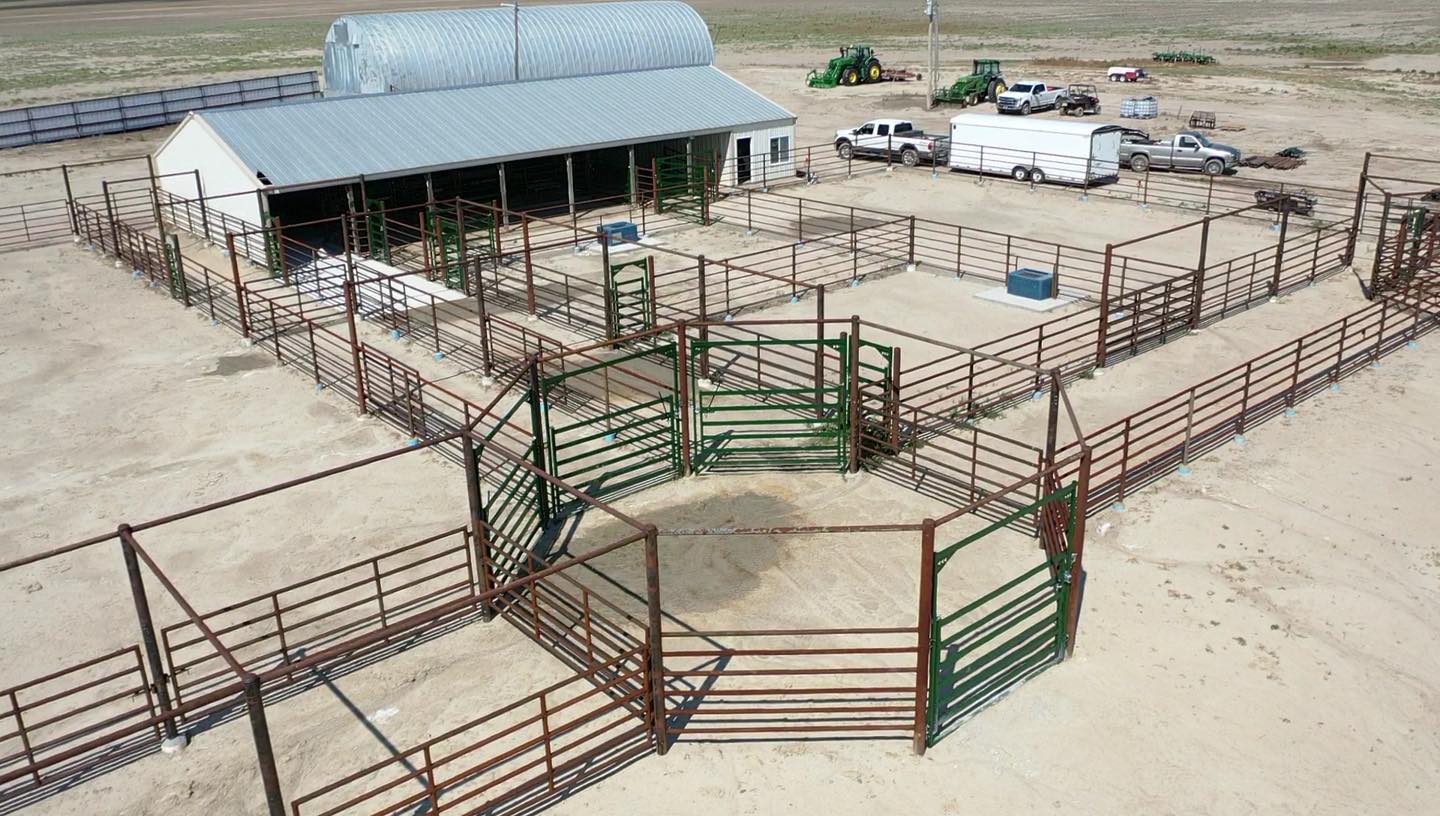
Welding Safety 101: Essential Practices for a Secure Workplace Oct 16, 2025
The first step in achieving safety is a comprehensive understanding of the risks associated with welding. The welding process involves the use of high temperatures, intense light, and potentially hazardous fumes. Workers need to be aware of these dangers and understand how to mitigate them effectively. Proper training and regular safety drills are crucial for reinforcing knowledge and ensuring preparedness in handling emergencies.
Equipping workers with the right protective gear is another fundamental aspect of welding safety. Personal protective equipment (PPE) such as helmets, gloves, aprons, and safety glasses provide the first line of defense against common welding hazards. Helmets equipped with the appropriate lens shade help protect the eyes and face from sparks, debris, and ultraviolet light. Meanwhile, flame-resistant aprons and gloves prevent burns and minimize skin exposure to harmful substances.
The work environment itself plays a critical role in safety. Maintaining a clean, organized workspace reduces the risk of accidents. For example, ensuring that there are no flammable materials nearby and that tools and equipment are stored properly can prevent fires and other incidents. It's also important to ensure that the work area is well-ventilated to minimize exposure to toxic fumes and gases. Bullseye Services recommends that businesses install specialized ventilation systems or use portable fume extractors to keep air quality within safe limits.
Regular maintenance and inspection of welding equipment cannot be overlooked. Malfunctioning tools not only pose safety risks but can also impact the quality of work. Routine checks can help identify equipment that requires repair or replacement. This preventive approach not only enhances safety but also ensures that operations are carried out smoothly, reducing downtime.
Communication is key to fostering a culture of safety. At Bullseye Services, we emphasize the importance of open communication among team members. Workers should feel comfortable reporting safety issues or near misses. A proactive approach where issues are addressed promptly can prevent accidents and improve the overall safety culture within the organization.
While compliance with regulatory standards is necessary, going beyond the basics can provide additional protection. Encouraging a culture of continuous learning and improvement when it comes to safety can lead to more innovative solutions to potential issues. Companies should stay updated with the latest advancements in safety technology and practices, offering regular training sessions and seminars to upskill their workforce.
In conclusion, welding safety is a multifaceted issue that requires diligence, proper equipment, and a culture of safety consciousness. By understanding the risks, equipping workers with reliable protective gear, maintaining an organized and ventilated workspace, inspecting equipment regularly, and fostering open communication, companies can ensure a safe environment for their workers. At Bullseye Services, we are committed to advocating and implementing these essential practices, thus contributing to a safer workplace. Through concerted efforts and a proactive approach, we can all contribute to making the welding industry safer for everyone involved.
/filters:no_upscale()/filters:format(webp)/media/a6590796-a17c-469d-a1e6-e9cba30e1503.jpeg)